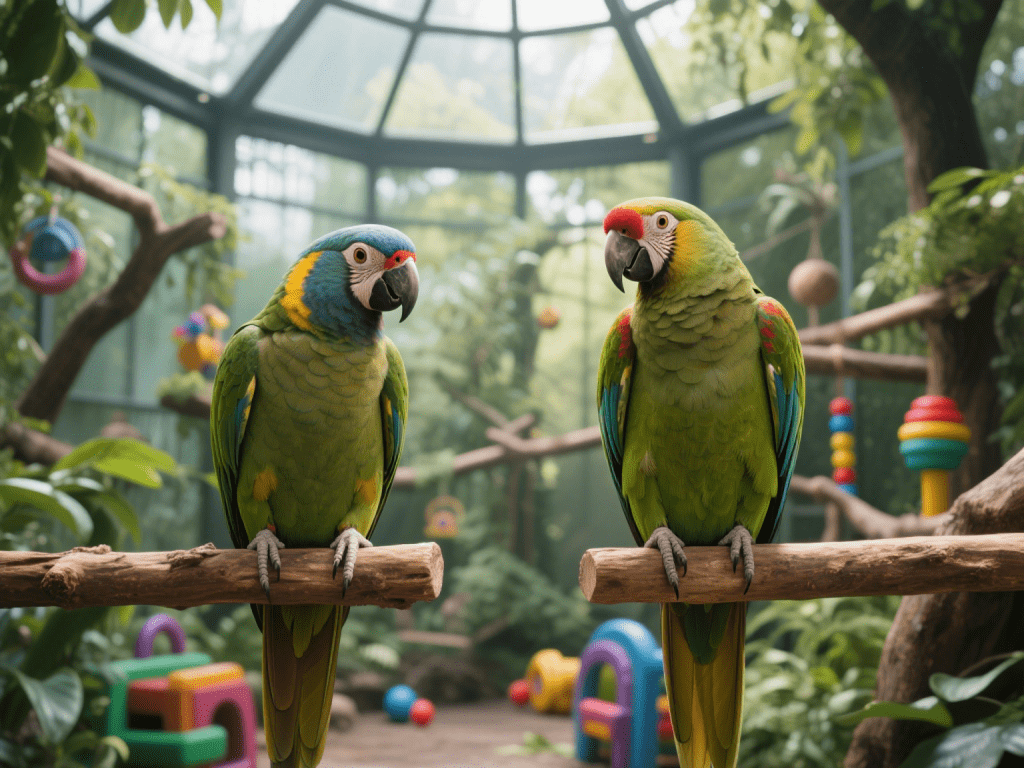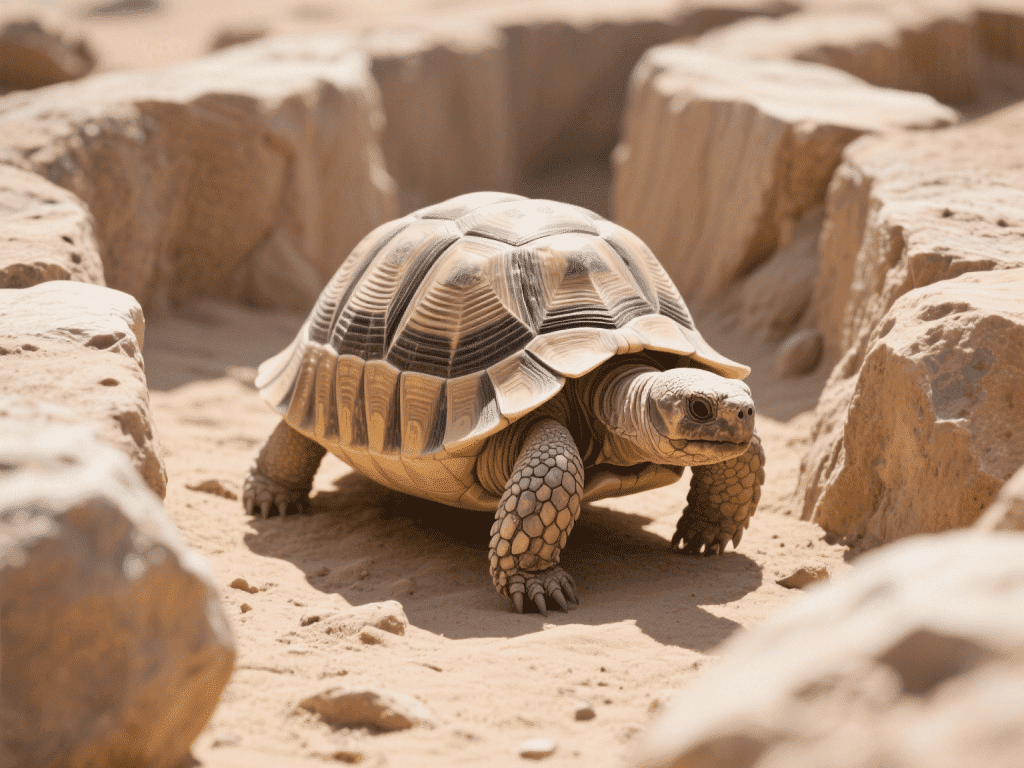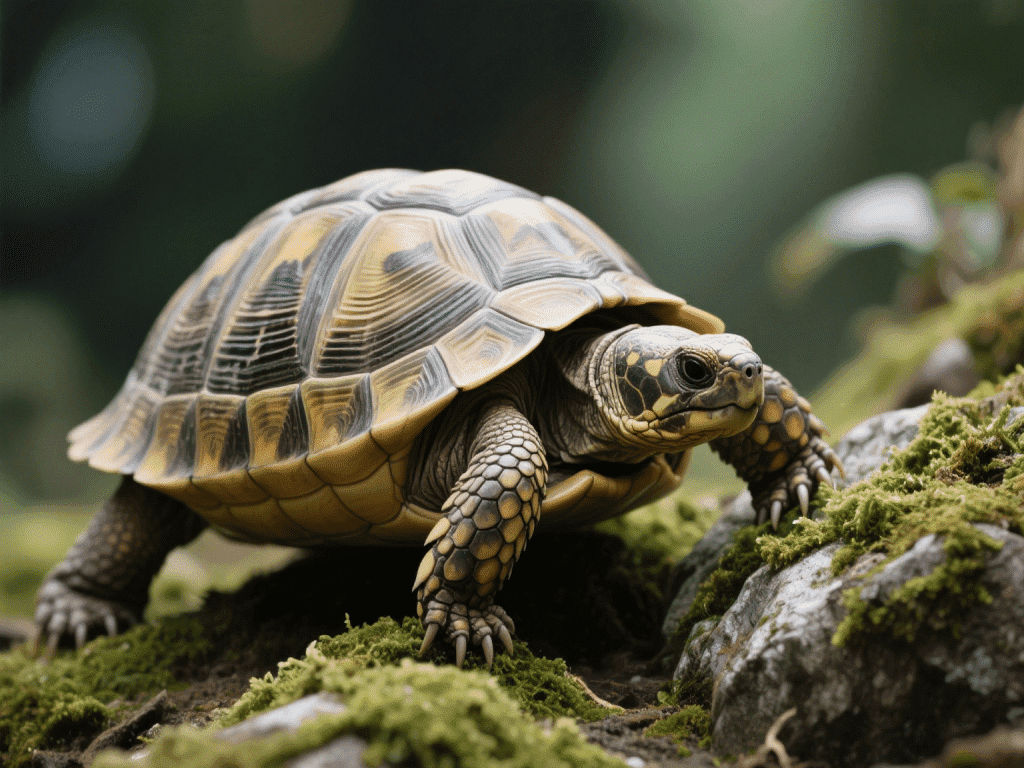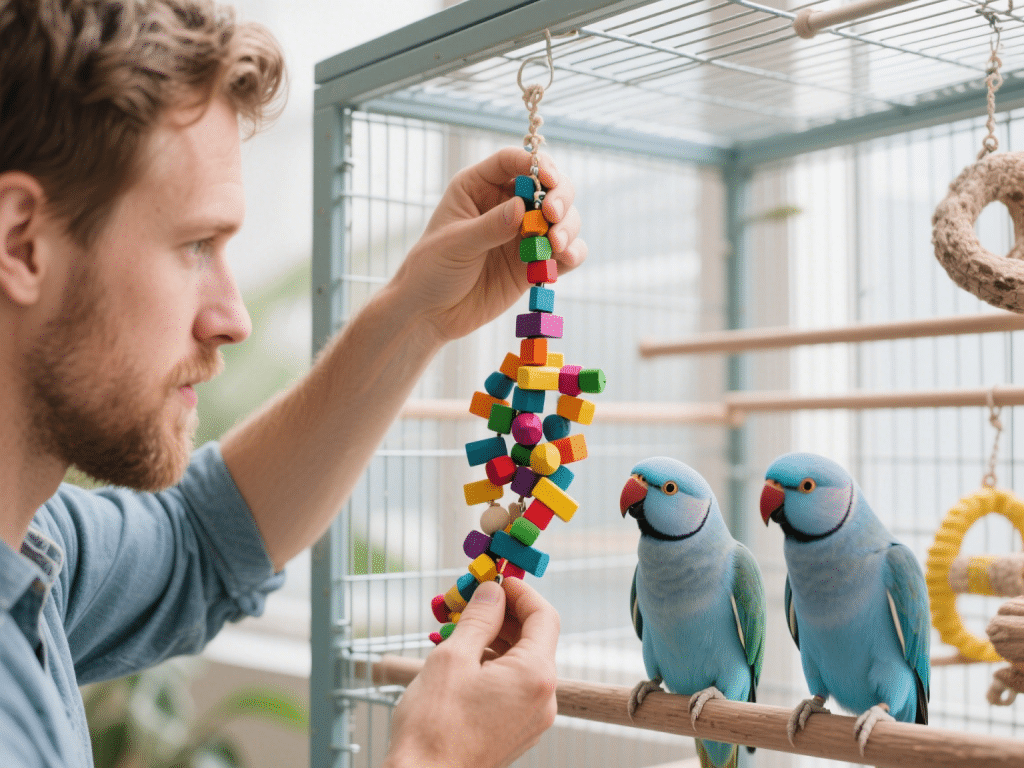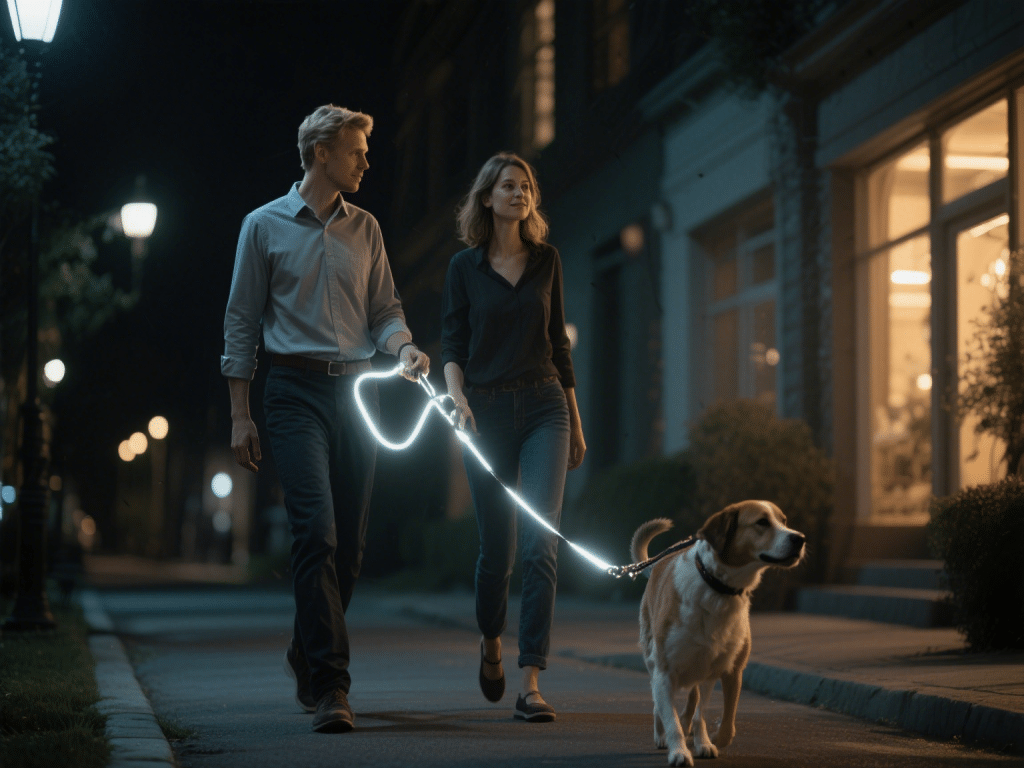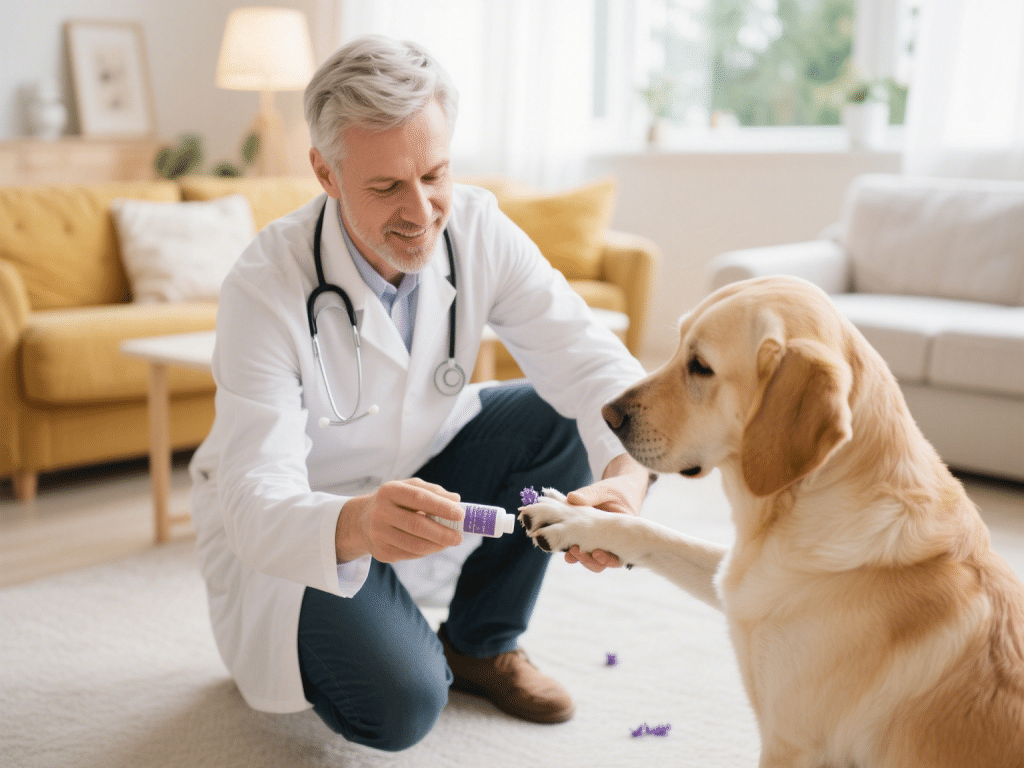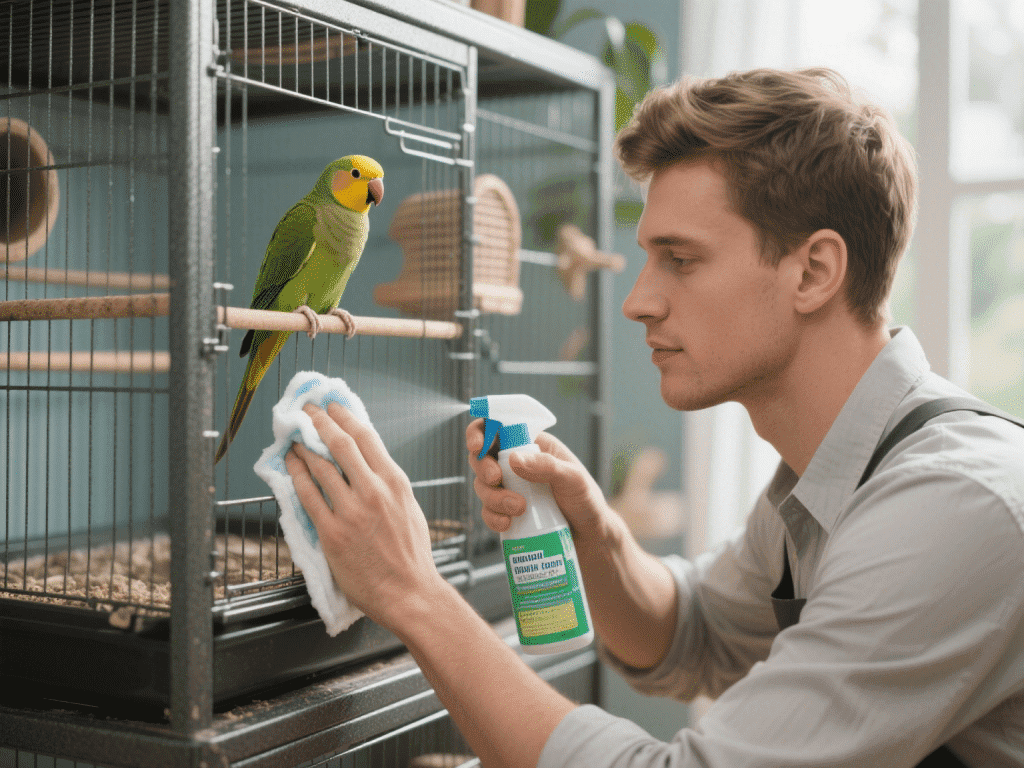
Cleanliness in a parakeet’s environment directly impacts respiratory function and feather condition. Having consulted on avian rescue guidelines for over a decade, I can confirm that a rigorous yet bird‑safe cleaning schedule is non‑negotiable.
1. Daily Spot Cleans
– Remove Droppings Tray: Empty and rinse with warm water.
– Swap Water and Food Dishes: Wash with mild, fragrance‑free soap.
– Wipe Perches and Cage Bars: Use a damp cloth to remove visible debris.
2. Weekly Deep Cleans
Full Cage Disassembly: Remove all toys, perches, and liners.
Non‑Toxic Disinfectant: Choose a bird‑safe product (e.g., quaternary ammonium free).
Soak and Scrub: Soak removable parts in warm soapy water, scrub with a soft brush, rinse thoroughly.
Dry Completely: Air‑dry in direct sunlight or under a lamp—moisture breeding mold is a major hazard.
3. Toy and Accessory Rotation
Replace or thoroughly sanitize toys every 2–3 weeks. Feather dust and droppings accumulate hidden pathogens over time.
4. Preventing Respiratory Irritants
– Avoid Aerosols: No air fresheners, scented candles, or chemical sprays near the aviary.
– Dust‑Free Bedding: Use paper liners instead of pine or cedar shavings, which emit harmful phenols.
5. Maintaining Optimal Humidity
Keep ambient humidity around 40–50%. Too low dries mucous membranes; too high encourages bacterial growth.
6. Seasonal Considerations
In winter, indoor air can become dry; add a parakeet‑safe humidifier grill humidifier near—but not directly on—the cage.

